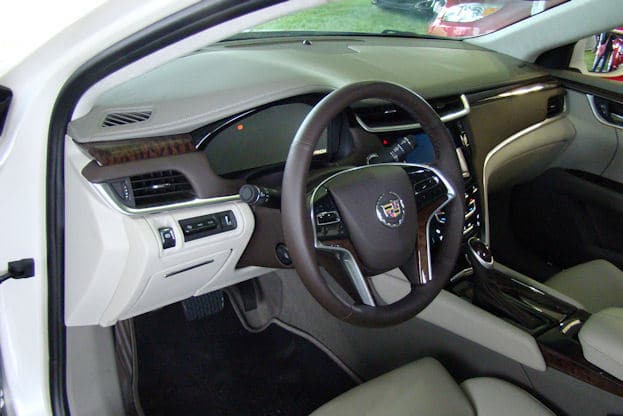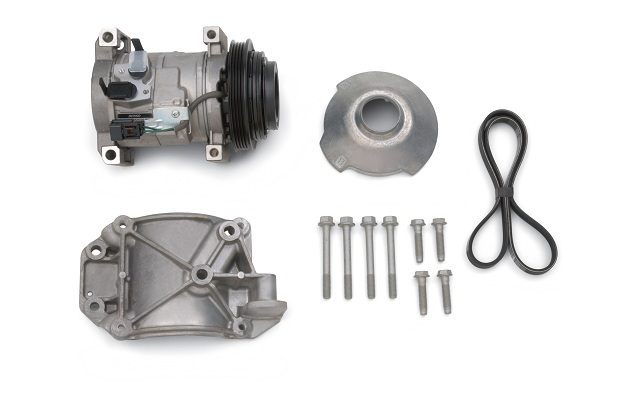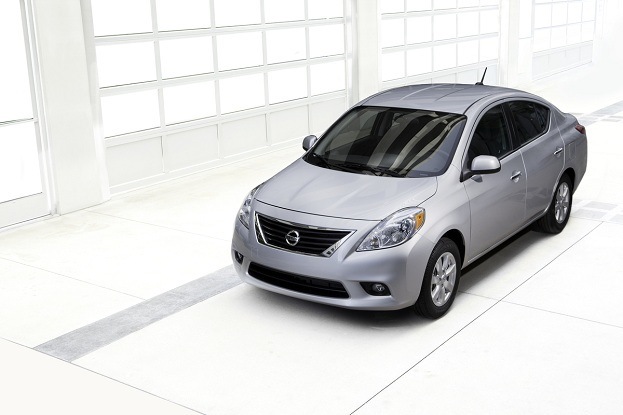Since the early part of the 20th century, the evolution of technology has caused us to constantly re-evaluate the gap between necessity and luxury. Remembering the Motorola ‘brick’ cell phones the few high-flying socialites carried during the 1980s, the majority of the public gladly waited to get home to converse with a friend. Today, as we all seem to talk on our portable devices, we share the newest free app we acquired on our high-powered smartphone. One of the many cases where luxury becomes normality, the car industry was founded as a prestige business that is now largely everyday technology.
Electric starting, radio, and even heating were once considered luxury items on automobiles in a time when motorists (the ones who had adapted to motor vehicles) accepted a laborious chore by simply driving. All these accepted components to modern vehicles where one-time premium conveniences are features existing as commonplace on almost every automobile.
Mobile air conditioning was first introduced to trains and buses in the early 1930s because of the shear size of the early assembly. In 1935, heating and cooling company giant Carrier tested an automotive air conditioner unit. Weighing 600 pounds, the impractical demonstration of personal vehicle air conditioning required its compressor to be mounted on a car’s roof.
Able to find a more compact solution to packaging the cooling equipment, now-defunct American automaker Packard introduced the first made air conditioner available on a passenger car. Taking up a sizable portion of the truck, the Packard air conditioning system was far from today’s counterparts. Cadillac would also add air conditioning as an option on vehicles in 1940 with the upcoming World War Two ultimately cooling down the market.
Like many pieces of technology, air conditioning would need to be revisited later in order to gain better marketplace acceptance. Years after the Second World War, Chrysler Corporation refined the cooling technology. In 1952, Chrysler Corporation (who was at the same time producing stationary air conditioner units) brought the temperature-reducing technology to the 1953 Imperial.
So popular, the Chrysler brand expanded air conditioning across their vehicle line-up as an option just two years later with most automakers following suit with the unique feature. By 1969 as automatic climate control was being rolled out for comprehensive cabin temperature balance, 54 percent of cars sold in the United States were equipped with air conditioning.
60 years since the effective implementation of air conditioning in automobiles, the one-time creature comfort has turned into an expectation at the new car dealership. Through the 1990s, air conditioning prevalence grew as the feature started to become a ‘no-cost’ extra used to more less expensive vehicles off the lots. Eventually, automakers made the job for the dealerships easier by expanding standard air conditioning across the brand line-ups and soon even onto base model vehicles. Today, even the least expensive vehicle in the United States marketplace, the 2012 Nissan Versa S sedan, is sold with a climate control system including no-cost air conditioning.
Motoring through some of the hottest days of the year in North America, many of us will eagerly click on the air conditioning system whether it is for a long commute or a Sunday drive. Unfortunately, as interior accommodations fill with the refreshing comfort of cooled air, the relaxation from the harsh natural environment will be accompanied by an uninviting truth. Using energy otherwise devoted to powering vehicle movement, air conditioner units draw on either the engine or electric power on EV products striping away valuable fuel mileage.
The US Department of Energy broadly appraised air conditioning running on maximum could reduce fuel mileage by 2 to 25 percent (generally around 15 percent is a good all-around estimate). In most cases, air conditioning use is comparable driving with the windows open. During a heat wave, however, vehicle occupants will without doubt accept a compromise in driving performance for a cool, gentle machine-made breeze.
With the automobile bringing solace to the feet and muscles of people, the mechanical companionship with air conditioning has clearly proven to be a thoroughly refreshing way to travel.
Information source: National Academy of Engineering, Nissan North American Incorporated, Popular Mechanics, January 1996 pg. 12
Photo source: Chris Nagy, Chrysler Group, General Motors, Nissan North American Incorporated





